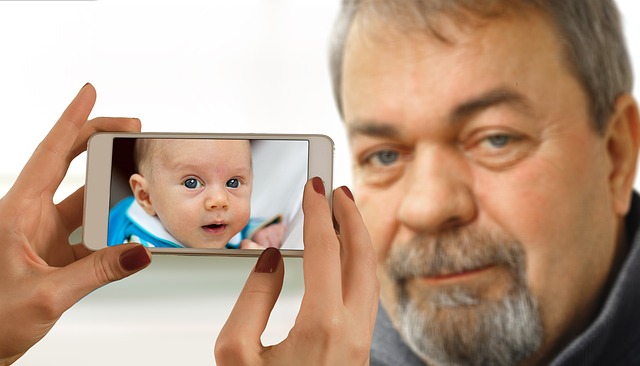On the athletic field, injuries happen.
Some injuries are unavoidable thanks to the circumstances: Think of a football quarterback taking a hit from the blind side. He never saw it coming.
Collision sports such as football, soccer, rugby, hockey and lacrosse constantly have athletes making contact, frequently at high rates of speed.
But many injuries are preventable, Gary Wilkerson said, and it all starts at the top.
Mr. Wilkerson, a University of Tennessee at Chattanooga professor in graduate-level athletic training and a researcher in the field for more than 30 years, said he started trying to understand the connection between the brain and injuries 12 to 15 years ago.
“We began to see more knee and ankle injuries occurring after concussions compared to people who’d never had one,” he said, “and then the question becomes, ‘Why is having a concussion causing more knee and ankle injuries?’ That’s where we began to try to understand it.”
It’s all about the reaction time, and a collaboration in which Mr.
Wilkerson has been a research partner for the last year is going next level.
Mr. Wilkerson and the Boston-based REACT Neuro group—led by neuroscientist Shaun Patel, Dr. Rudy Tanzi, the vice chair of neurology at Massachusetts General Hospital, and Dr. Brian Nahed, associate professor of neurosurgery at Massachusetts General Hospital and Harvard Medical School—are using virtual reality technology to evaluate response efficiency.
“The main reason we’ve moved to the VR is that you’ve got total control over what goes on inside that visual environment,” he said, “and there’s a very precise measurement of the responses. I’ve never had anything before that I could measure eye responses with so precisely.”
Source: https://www.chattanoogan.com/2022/8/29/454903/UTC-Sports-Injury-Researcher-Expands.aspx
